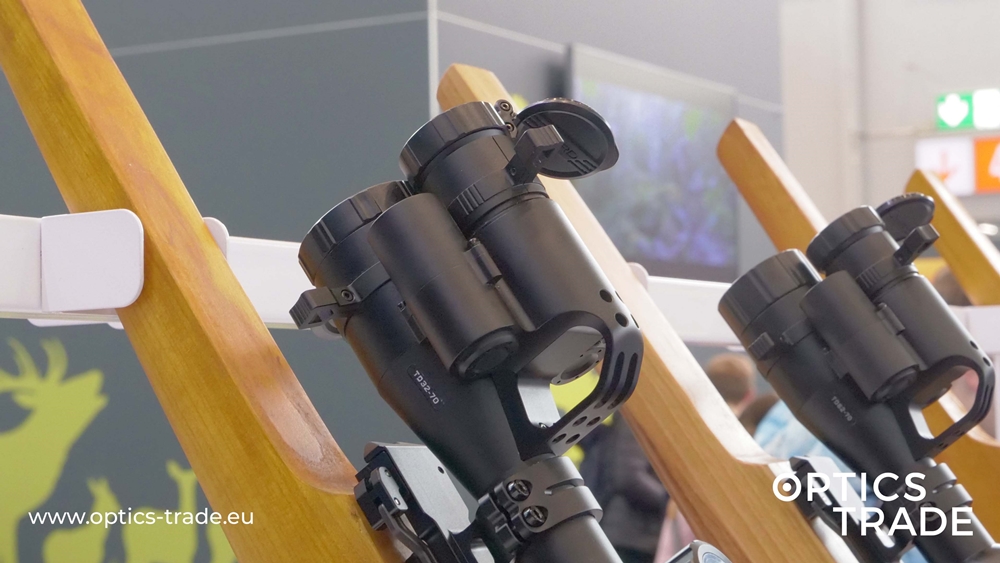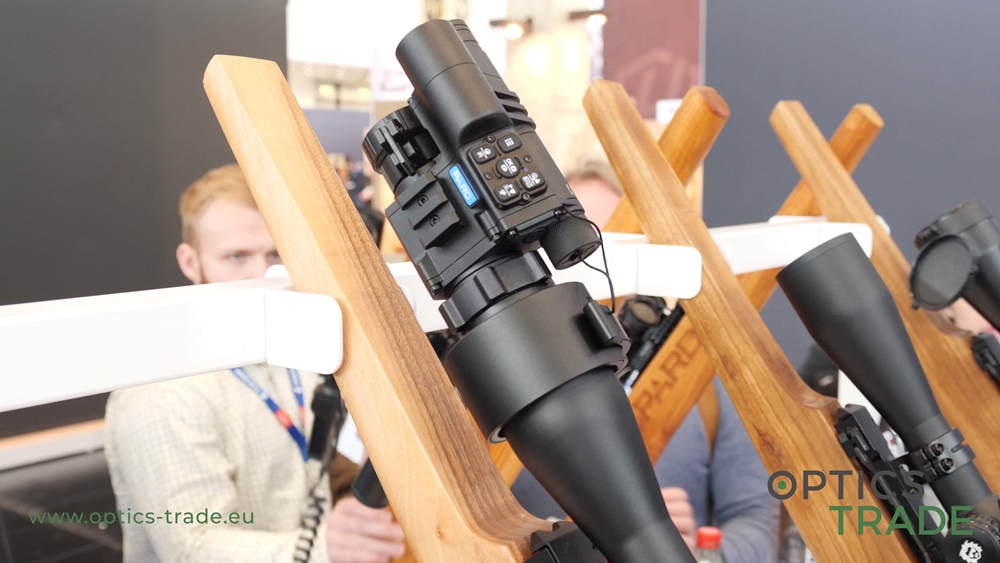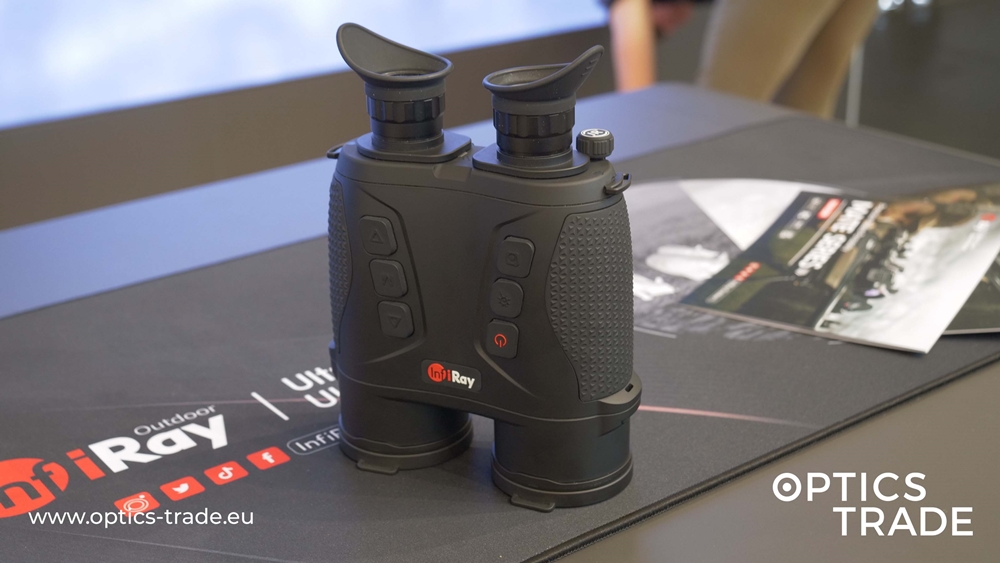Welcome to Optics Trade debates. In each episode, we talk about a different topic and try to answer the most common questions we receive about it. Today, we are going to talk about analog and digital night vision optics.
Analog night vision devices have been around for decades, while digital NV devices have been coming on to the market in the past few years.
Digital NV devices have smaller sensors than daytime digital optics, and because of that, the resolution isn’t as good as on daytime optics. Digital NV devices have a much higher power consumption than analog NV devices. Manufacturers like Pulsar, for example, addressed this issue and made high capacity battery packs for their products. Analog devices can run on a single battery for years.
Digital NV devices have a longer lifespan than analog devices. The NV performance degrades through the lifespan of analog night vision optics.
If an analog NV device is used in broad daylight, the image intensifier tube gets ruined and has to be replaced. Digital devices can usually be used in the daytime.
All night vision devices have an infrared illuminator. The infrared illuminators on the first generations of NV optics have a wavelength lower than 850 nm, which is visible to some animals. Some gen 3 military grade NV devices can even work without an illuminator because the ambient light is sufficient. Illuminators on digital NV devices have wavelengths higher than 850 nm and are invisible.
Digital NV devices that have illuminators with a wavelength higher than 850 nm are a big step forward for hunting because no animal is able to detect the illumination. This is one of the reasons for the rapid development of digital night vision devices.
All digital devices are able to capture video, and some are even able to record sound. Recording with digital NV devices is very popular. This can be seen on youtube.
Clip-on digital devices are less sensitive to recoil in comparison to affordable analog night vision devices.
Most devices are waterproof and both types weigh about the same.
If the main priority is the resolution, we would recommend analog night vision optics. We would recommend analog optics if money isn’t an issue and digital for people that are on a budget. Digital devices are the future, but they aren’t there yet.
We would like to thank you for your time. In case we did not answer all the questions regarding this topic, please leave a comment below or send an e-mail to us. If you found this video useful, please subscribe to our channel.
Products mentioned:
NV optics: https://www.optics-trade.eu/en/night-vision-optics.html
Digital NV optics: https://www.optics-trade.eu/en/digital-night-vision-optics.html





No one has done a good comparison of digital and gen 1 or gen 2 analog sensitivity. For example, show each under full moon, quarter moon and new moon. While the use of illuminators is required by both under dark conditions, and what light levels do they required illumination assist.
We have filmed an IR illuminator testing video last year where we compared IR illuminators with digital NV device (Pulsar F135) and analog gen2+ NV device (Dipol DN55 XT) in the New Moon phase. You can see the video here: https://www.youtube.com/watch?v=dL3j1tDnqQw
But this is a great suggestion for one of our next In the field video! Thanks!